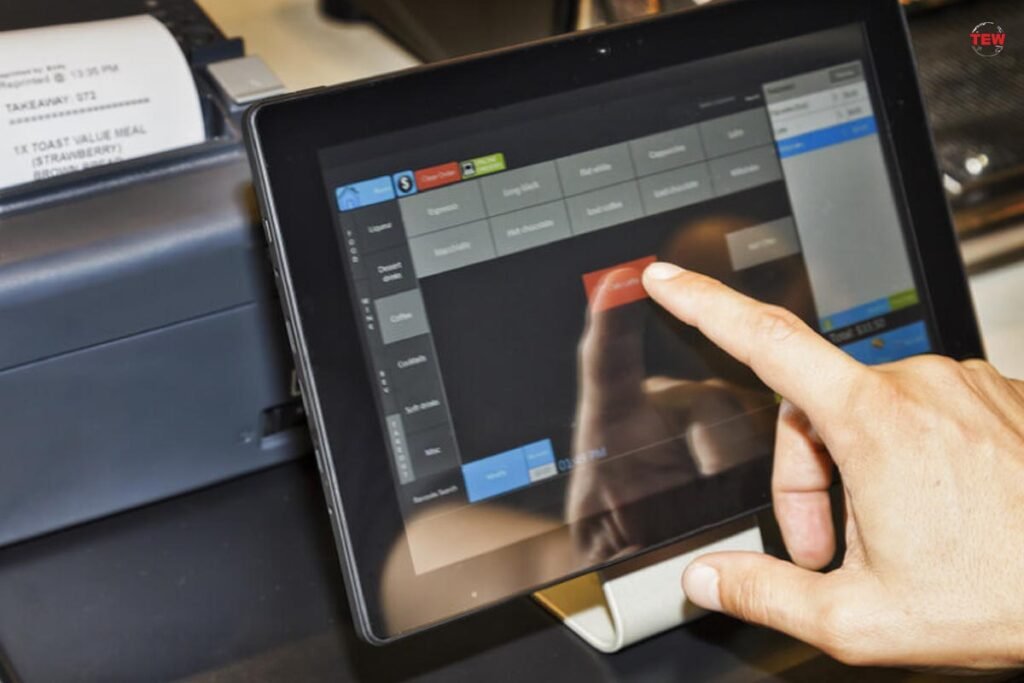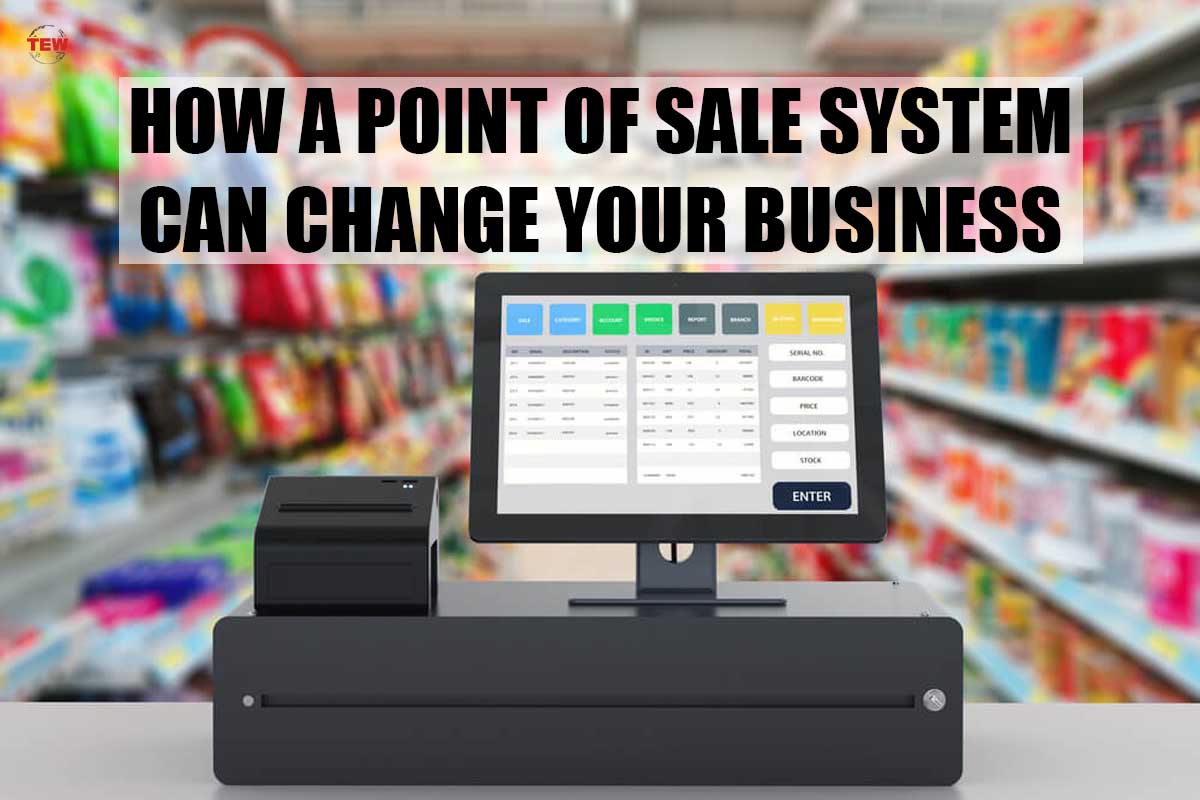If you thought running a business was difficult a decade ago, the last few years have no doubt tested your metal. Global events have had unprecedented effects on business around the world from the Point of Sale System, as the COVID 19 pandemic changed the way that many industries operated.
Supply chains collapsed, spending habits transformed, staff shortages put pressure on already strained systems. More recently, conflict around the world has had devastating consequences not only to those directly affected but also to the world of commerce.
Supplies are dwindling and therefore expenses are on the up, culminating in a cost of living crisis that is gripping the globe. Customer habits are changing, markets are shifting, and technology is developing. All of this contributes to an ever urgent need to remain adaptable and relevant, to accept the change and prove yourself to be a modern, forward thinking business.
One area in which you can invest is that of a point of sale system. We will find out a little bit more about these systems, the benefits and features they offer and how they can improve your business.
What is a Point of Sale System?
Point of Sale (POS) systems include retail point-of-sale systems, virtual sales points, and payments. They are the computers, devices and software applications used in stores to process sales transactions. The point of sale is the pivotal moment in which a purchase and transaction reaches a conclusion, and the point of sale system is the platform that facilitates and records this.
What Can a Point of Sale System Do?
The advanced point of sale systems of today offer more than traditional systems that simply allowed for the taking of money in recipe of a product or service.
1. Track Inventory Levels
By using a point of sale system in your store, you can track inventory levels and stock lists. This means that you can gain insight into the best-selling products of your business, as well as the ones that are not performing so well. This data will help you to make informed decisions about the products you choose to stock. Furthermore, you will be able to ensure that you don’t completely run out of important stock as you can be alerted when certain stock falls below a specified level.
This allows you to keep improving the service you offer to your clients and continue as a profitable business as you focus on products that sell well. Point of sale systems can therefore enable you to deliver the best customer experience by adapting your purchasing according to buying trends, while also helping you to save money as a business.
2. Monitor Customer Spending Patterns

A point of sale system will allow you to monitor the spending habits of your customers which in turn will help you to better understand your customers’ needs. With this improved understanding, you can tailor your products and services accordingly and keep enhancing what you offer. As previously mentioned, customer spending patterns and habits are always changing, so this kind of data is invaluable as you try to adapt and remain relevant to your target audience.
3. Enable Customer Loyalty Programs
Modern point of sale systems can also be used to integrate with services such as loyalty programs. With this integration, you can offer customers discounts or rewards for their loyalty which will encourage them to return to your store more often and continue to choose you over your competitors.
4. Help With Your Accounts
Point of sale systems don’t just help at the front of house, but they help in the back office too. These systems can help you to track your sales inventory, customer purchases and sales labour expenses. Therefore, point of sale systems can also be used in accounting bookkeeping, to generate invoices and to keep a record of transactions. With this recording and managing of data, it is much easier to monitor the financial records and become aware of any sales taxes that need to be paid.

The system can also help to deter employee theft as it executes payment processing in real time. Point of sale systems are equipped with sale counters, printers and scanners which all enable customers to buy goods and services with ease. Employees can quickly complete customer orders without manual entries into the accounting books, making that task a lot easier and less liable for error. This also contributes towards reducing labour payroll expenses.
How To Choose a Point of Sale System?
Now you are aware of the power of a point of sale system and all the benefits it can bring, you’re likely convinced that you need to invest in one for your business. However, as you begin your search for the best system, you’ll no doubt realise just how many different options there are out there, and the potential is limitless. The decision making process can feel overwhelming, so it’s important to keep some basic things in mind as you start your investigation.
Do research and look for user friendly systems that other businesses have reviewed positively. Consider the hardware you use at the moment and look for a software solution that will work with what you have in order to save yourself the expense of buying more. Investigate pricing (for one example, click here) to see which solution would be consistent with your budget. Many platforms offer different pricing plans, so find one that gives you the best value for your money and the highest return on your investment.
Look for a provider that offers reliable and consistent support so you can use the system with confidence, knowing there is a helpline available when you need it. Ask similar businesses in your industry for recommendations and investigate providers that specialise in your area of business too. Although this process of investigation and research may take a long time and a lot of effort, you will see the benefits of doing so when you find the perfect point of sale system for you!


